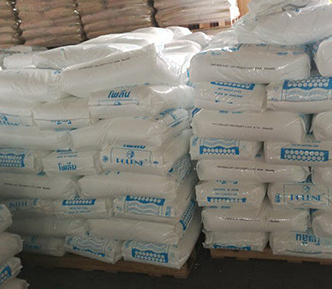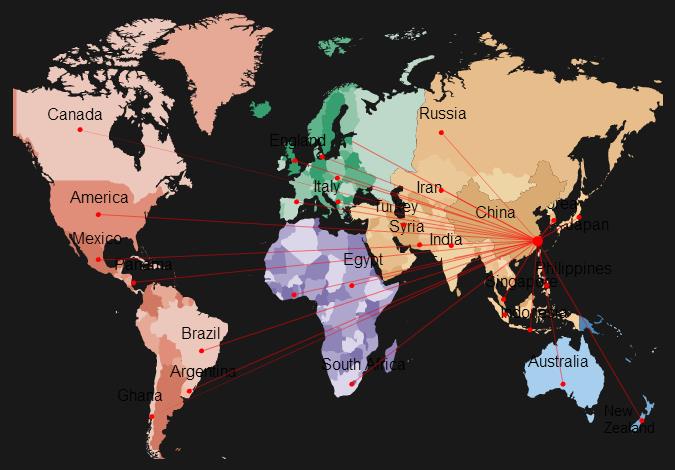Hot Melt Glues Materials Used
Hot melt glues usually consist of one base material with various additives. The composition is usually formulated to have a glass transition temperature (onset of brittleness) below the lowest service temperature and a suitably high melt temperature as well. The degree of crystallization should be as high as possible but within limits of allowed shrinkage. The melt viscosity and the crystallization rate (and corresponding open time) can be tailored for the application. Faster crystallization rate usually implies higher bond strength. To reach the properties of semicrystalline polymers, amorphous polymers would require molecular weights too high and, therefore, unreasonably high melt viscosity; the use of amorphous polymers in hot melt adhesives is usually only as modifiers. Some polymers can form hydrogen bonds between their chains, forming pseudo-cross-links which strengthen the polymer
The natures of the polymer and the additives used to increase tackiness (called tackifiers) influence the nature of mutual molecular interaction and interaction with the substrate. In one common system, EVA is used as the main polymer, with terpene-phenol resin (TPR) as the tackifier. The two components display acid-base interactions between the carbonyl groups of vinyl acetate and hydroxyl groups of TPR, complexes are formed between phenolic rings of TPR and hydroxyl groups on the surface of aluminium substrates, and interactions between carbonyl groups and silanol groups on surfaces of glass substrates are formed.[4] Polar groups, hydroxyls and amine groups can form acid-base and hydrogen bonds with polar groups on substrates like paper or wood or natural fibers. Nonpolar polyolefin chains interact well with nonpolar substrates. Good wetting of the substrate is essential for forming a satisfying bond between the adhesive and the substrate. More polar compositions tend to have better adhesion due to their higher surface energy. Amorphous adhesives deform easily, tending to dissipate most of mechanical strain within their structure, passing only small loads on the adhesive-substrate interface; even a relatively weak nonpolar-nonpolar surface interaction can form a fairly strong bond prone primarily to a cohesive failure. The distribution of molecular weights and degree of crystallinity influences the width of melting temperature range. Polymers with crystalline nature tend to be more rigid and have higher cohesive strength than the corresponding amorphous ones, but also transfer more strain to the adhesive-substrate interface. Higher molecular weight of the polymer chains provides higher tensile strength and heat resistance. Presence of unsaturated bonds makes the adhesive more susceptible to autoxidation and UV degradation and necessitates use of antioxidants and stabilizers.
The adhesives are usually clear or translucent, colorless, straw-colored, tan, or amber. Pigmented versions are also made and even versions with glittery sparkles.[5] Materials containing polar groups, aromatic systems, and double and triple bonds tend to appear darker than non-polar fully saturated substances; when a water-clear appearance is desired, suitable polymers and additives, e.g. hydrogenated tackifying resins, have to be used
Increase of bond strength and service temperature can be achieved by formation of cross-links in the polymer after solidification. This can be achieved by using polymers undergoing curing with residual moisture (e.g., reactive polyurethanes, silicones), exposure to ultraviolet radiation, electron irradiation, or by other methods
.
comments




